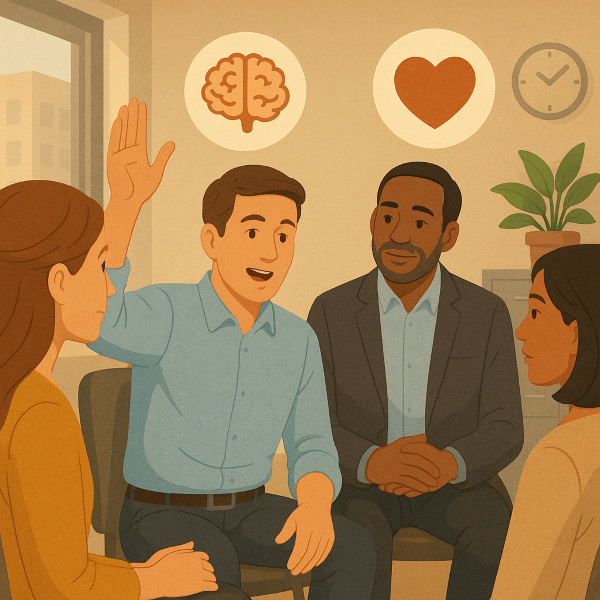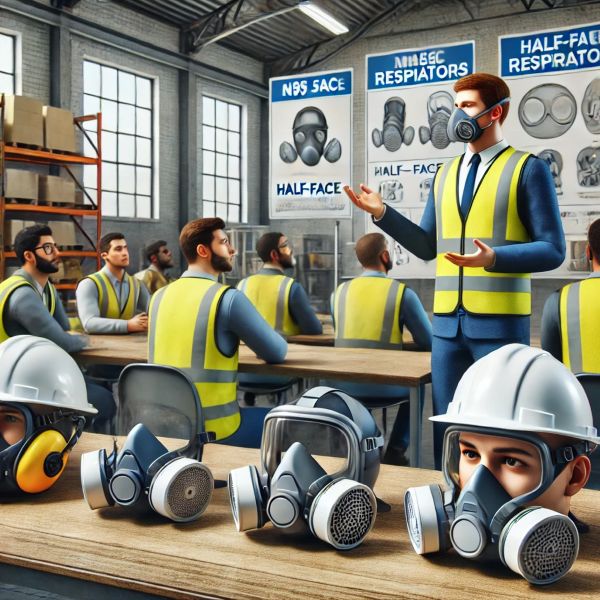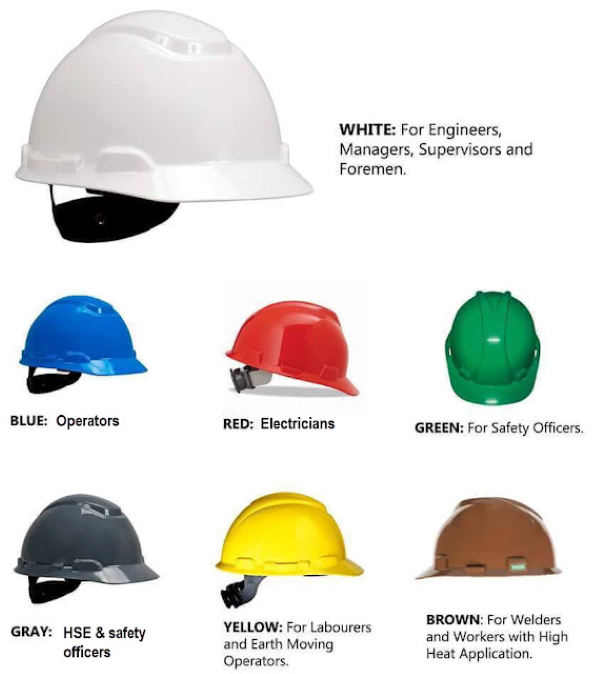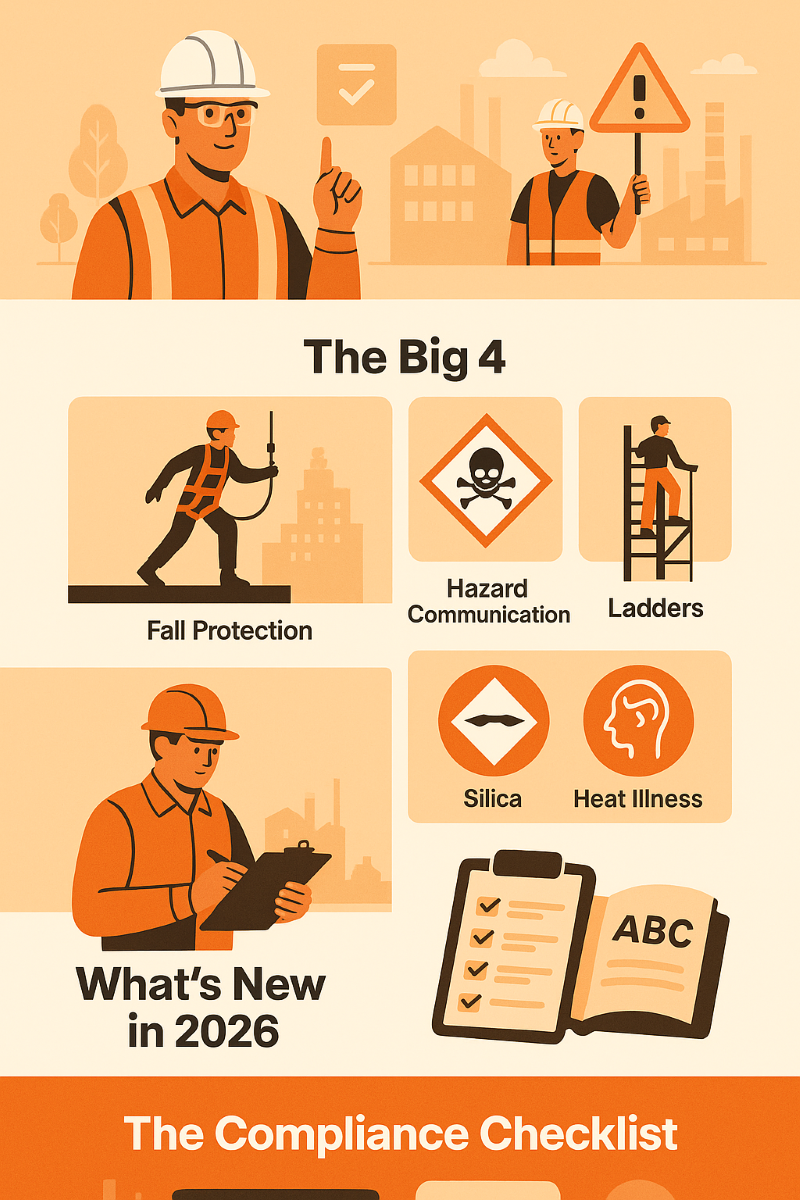Psychological Safety and Mental Health in the Workplace
Why It Matters More Than Ever
Imagine a workplace where every team member feels safe speaking up, sharing ideas, and admitting mistakes—without fear of ridicule or retaliation. That’s the power of psychological safety, a concept now recognized as a cornerstone for fostering mental health in the workplace.
In today’s high-pressure professional environments, where burnout and stress-related illnesses are on the rise, psychological safety isn’t a luxury—it’s a necessity.
In this post, we’ll explore what psychological safety means, how it supports mental health, and the practical steps organizations can take to create psychologically safe environments that prioritize employee wellbeing.
What Is Psychological Safety?
Psychological safety refers to an individual’s perception of the consequences of taking interpersonal risks in a particular context, such as the workplace. Coined by Harvard professor Amy Edmondson, the concept suggests that in psychologically safe environments, people are more likely to speak up, share ideas, and engage in constructive conflict without fear of embarrassment or punishment.
Key Characteristics:
- Open communication
- Respect for differing opinions
- Acceptance of vulnerability
- Encouragement of innovation
The Link Between Psychological Safety and Mental Health
When employees feel psychologically safe, they are less likely to experience chronic stress, anxiety, or burnout. Here’s how it directly benefits mental health at work:
- Reduced Stress: Employees can voice concerns or ask for help without stigma.
- Increased Engagement: Workers are more likely to feel valued and involved.
- Improved Resilience: Teams support one another during setbacks or high-pressure periods.
- Enhanced Trust: Creates a support network that acts as a buffer against mental health issues.
Signs Your Workplace May Lack Psychological Safety
Understanding the red flags is essential. A workplace lacking psychological safety might show:
- High turnover rates
- Lack of employee participation in meetings
- Resistance to feedback
- Fear of speaking up
- Visible signs of employee burnout
Building Psychological Safety: Best Practices
1. Encourage Open Communication
Create channels (anonymous if necessary) where employees can share concerns, feedback, and ideas safely.
2. Model Vulnerability as a Leader
When leaders admit mistakes or show empathy, it sets a tone that everyone can be human.
3. Offer Mental Health Support Services
Regular access to therapy, counseling, or mental health days boosts trust and shows commitment to wellbeing.
4. Train Managers on Emotional Intelligence
Managers equipped with emotional intelligence foster more inclusive and supportive teams.
5. Reward Inclusive Behavior
Celebrate behaviors that contribute to a safe and supportive environment.

Practical Use Cases: Real-World Impact
Case Study 1: Google’s Project Aristotle
Google found that the highest-performing teams had one thing in common—psychological safety. Teams with high psychological safety were more collaborative, innovative, and engaged.
Case Study 2: Healthcare Industry
Hospitals that emphasized psychological safety reported fewer medical errors and greater job satisfaction among staff.
Case Study 3: Startups and Innovation
Tech startups with flatter hierarchies and open feedback loops see faster product development and higher employee retention.

Safety Tips for Creating a Mentally Healthy Workplace
- Normalize Mental Health Conversations
Talk about mental health in meetings, newsletters, and training. - Promote Work-Life Balance
Flexible hours, remote options, and no after-hours emails help. - Conduct Regular Check-ins
Use one-on-one meetings to gauge emotional wellness, not just productivity. - Implement Anonymous Surveys
Gauge employee sentiment and uncover hidden stressors. - Create Psychological Safety Champions
Designate team members to advocate for and implement safety practices.
Comparison Table: Psychological Safety Tools & Services
| Tool/Service | Features | Best For | Pricing Tier | Platform Type |
|---|---|---|---|---|
| Headspace for Work | Meditation, sleep tools, mental health coaching | Remote & hybrid teams | $$$ | App-based |
| Lyra Health | Therapy access, coaching, wellness workshops | Enterprise organizations | $$$$ | B2B platform |
| 15Five | Continuous feedback, engagement surveys, OKRs | Mid-sized teams | $$ | SaaS |
| Slack + Donut Plugin | Peer connection prompts, social support | Small agile teams | $ | Communication |
| Culture Amp | Employee feedback & engagement analytics | Large global companies | $$$ | SaaS |
Visual Comparison: Tool Benefits Summary
Tool Benefit Matrix:
- Headspace: ⭐ Mental Clarity, ⭐⭐ Daily Use
- Lyra: ⭐⭐⭐ Clinical Support, ⭐ Long-Term Care
- 15Five: ⭐⭐ Manager Coaching, ⭐ Engagement
- Donut: ⭐ Social Bonding, ⭐ Quick Wins
- Culture Amp: ⭐⭐ Analytics, ⭐ Actionable Insights
Making Psychological Safety a Priority
Creating a mentally healthy workplace starts with fostering psychological safety. It’s not just about avoiding harm—it’s about cultivating an environment where people thrive, contribute, and grow. As employers increasingly realize that mental health and business performance go hand in hand, investing in psychological safety is no longer optional—it’s strategic.
Whether you’re a leader, HR professional, or employee advocate, the tools and tips above can help you build a more resilient, inclusive, and mentally healthy organization.







